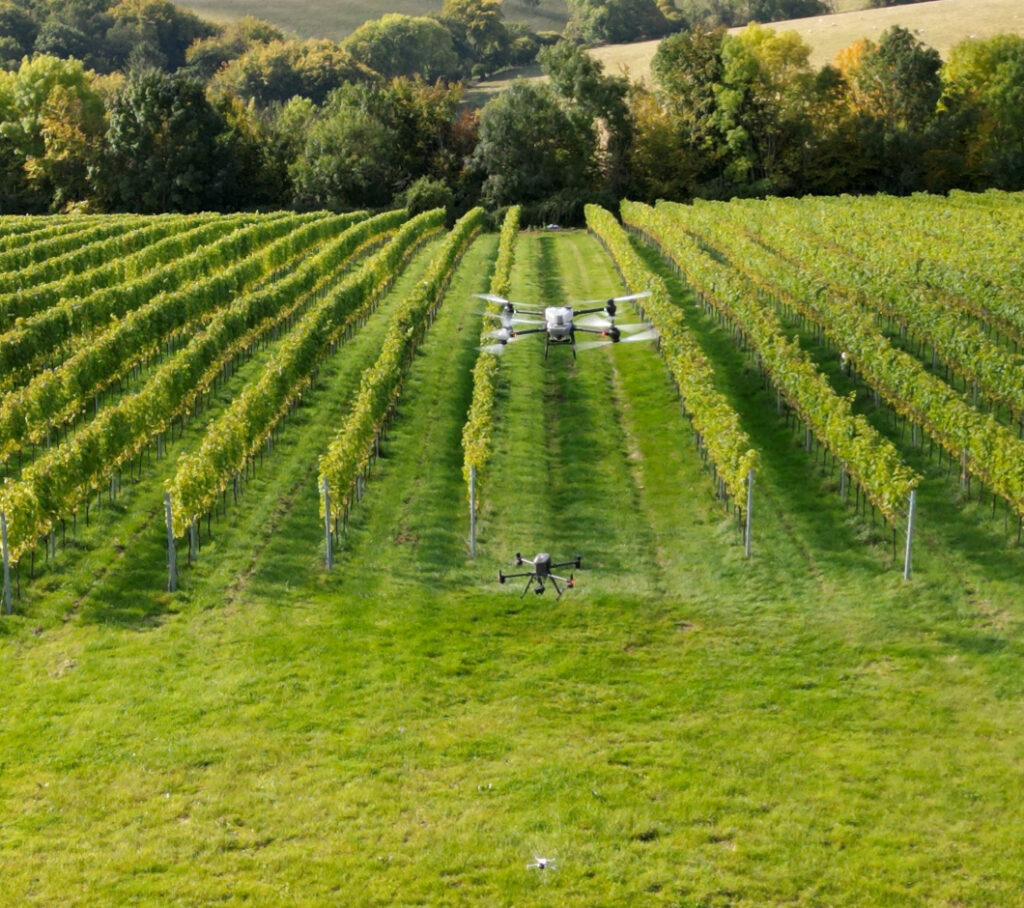Drones in the vineyard

Drones at JoJo’s vineyard, Russell’s Water Oxfordshire UAVs have long been discussed as a way to survey vineyards for vine health and apply directed nutrition or phytosanitary interventions. Great in theory but impractical? A few days ago Corbeau saw a demonstration of the new DJI AGRAS T50 at JoJo’s vineyard just outside Henley-upon-Thames in the […]
Hear more from microLED displays!

Last week someone asked Corbeau, ‘So what’s happening in the world of microLED displays?’ After the US launch of Apple’s new Vision Pro 2 mixed reality headset back in February this year, it’s a good question to ask. The answer is that the Metaverse is a bit flat. Tim Cook’s company’s first major new product […]
Identification of Xylella fastidiosa disease in olive trees by multispectral imaging
Humans are not the only species susceptible to bugs from foreign shores. Olive trees in Italy are falling prey to a nasty bacterium, Xylella fastidiosa, that has hitched a ride on unwanted migrants. In this case the migrants were insects on plants originating from the Americas. X. fastidiosa causes Olive Quick Decline Syndrome (OQDS) and […]